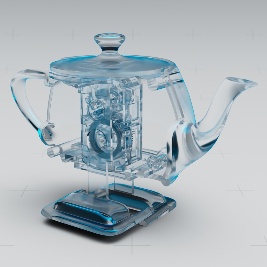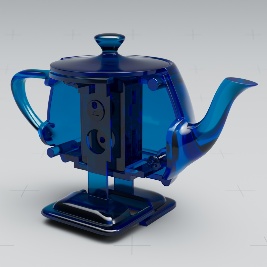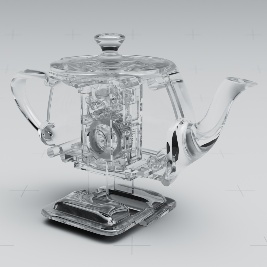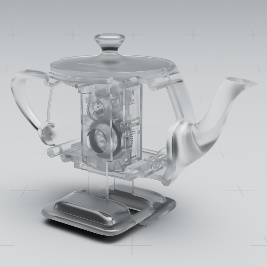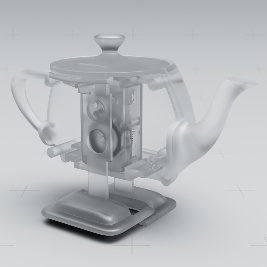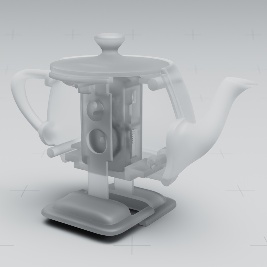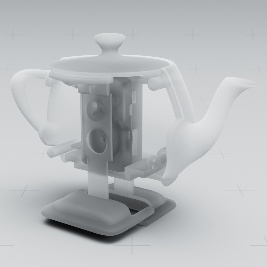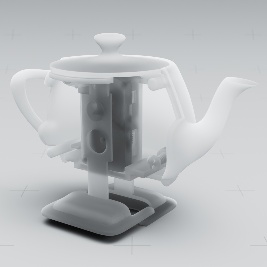...
Similar to above, true dielectric materials would retain the white color. Make subtle changes here to avoid losing all physicality as this control result is multiplied against the interior and rays reflected from the inside. It's best to use the Interior > Absorption parameters below for realism.
reflection: white transmission: white | reflection: blue transmission: white | reflection: white transmission: blue |
Fresnel Mode
- Artistic - Reflectivity This result controls the amount of reflection from the normal direction as well as interior bending of the rays. Presets for common materials are provided for you to use.
- Scientific - IOR This result controls the amount of ray bending and as a physical effect, the reflection result using the index or refraction. You may recall materials like crown glass and water IOR are 1.5 and 1.33 respectively.
...
Microfacets or tiny bits of roughness can scatter light in a way that has a blurry result. The less rough, the mirror-like and smooth/slick the material may look. High values will simply look diffuse.
| Accordion Image Slider | ||||||
|---|---|---|---|---|---|---|
|
| 0.0 |
...
| 0.2 |
...
| 0.4 |
...
| 0.6 |
...
| 0.8 |
...
| 1.0 |
Normal/Bump
Here is where you supply a signal, either a texture or procedural pattern, to create a bump to the surface to "fake" surface details like small bumps or scratches. This means an artist doesn't have to model these tedious and often repetitious parts of a model.
...


